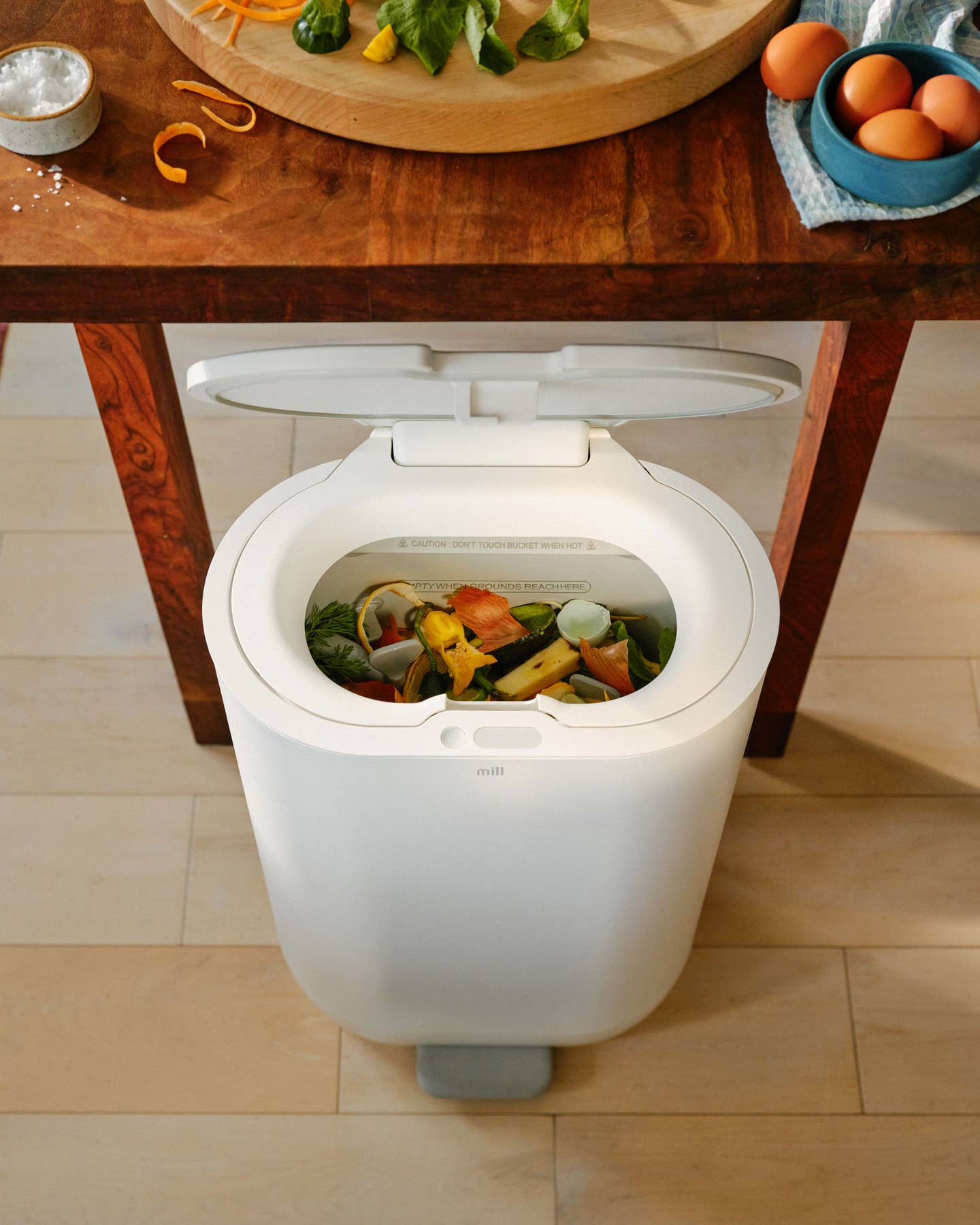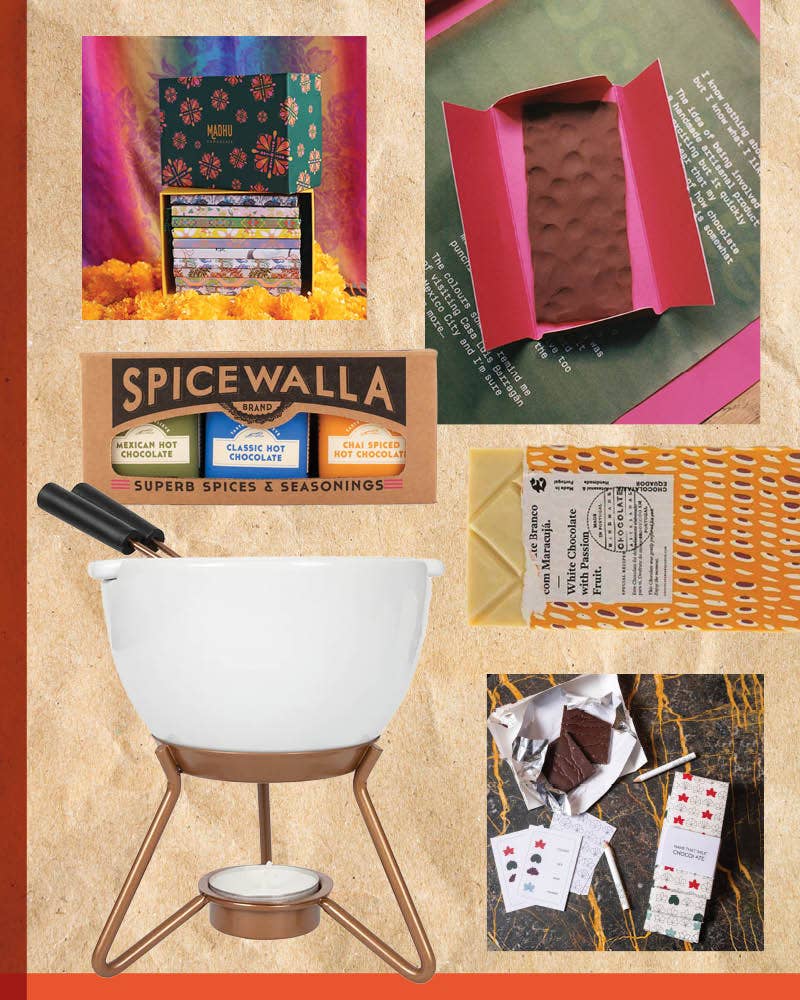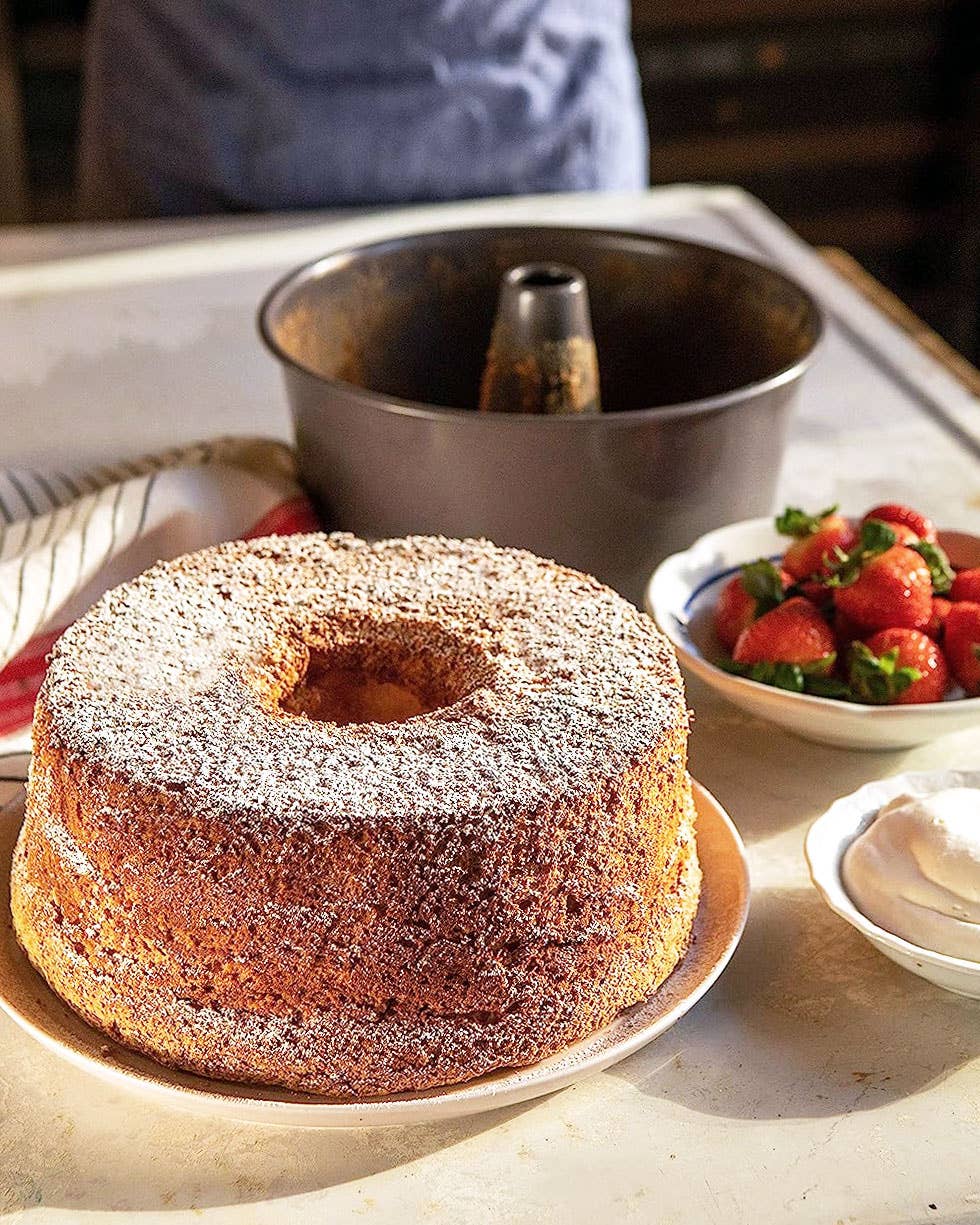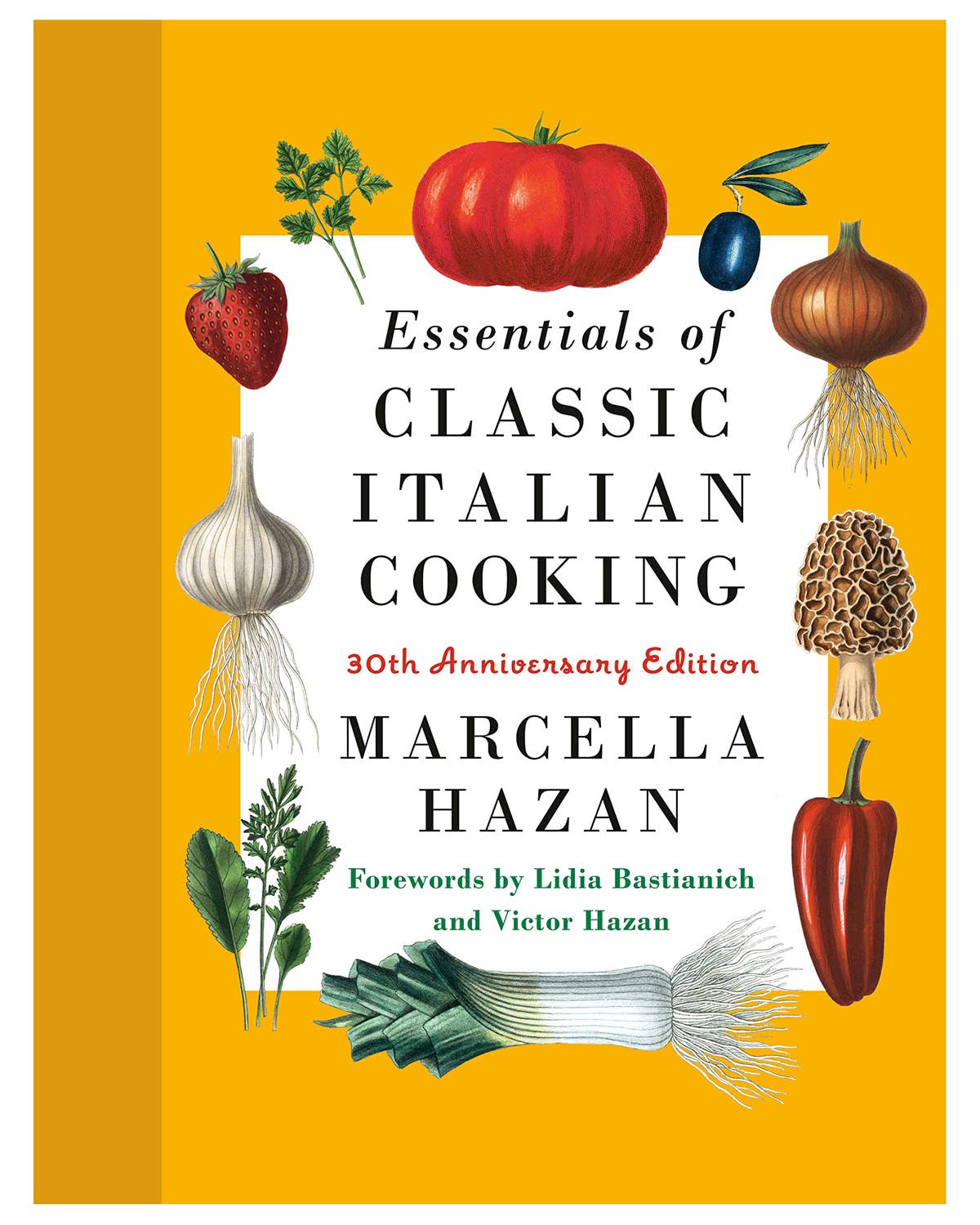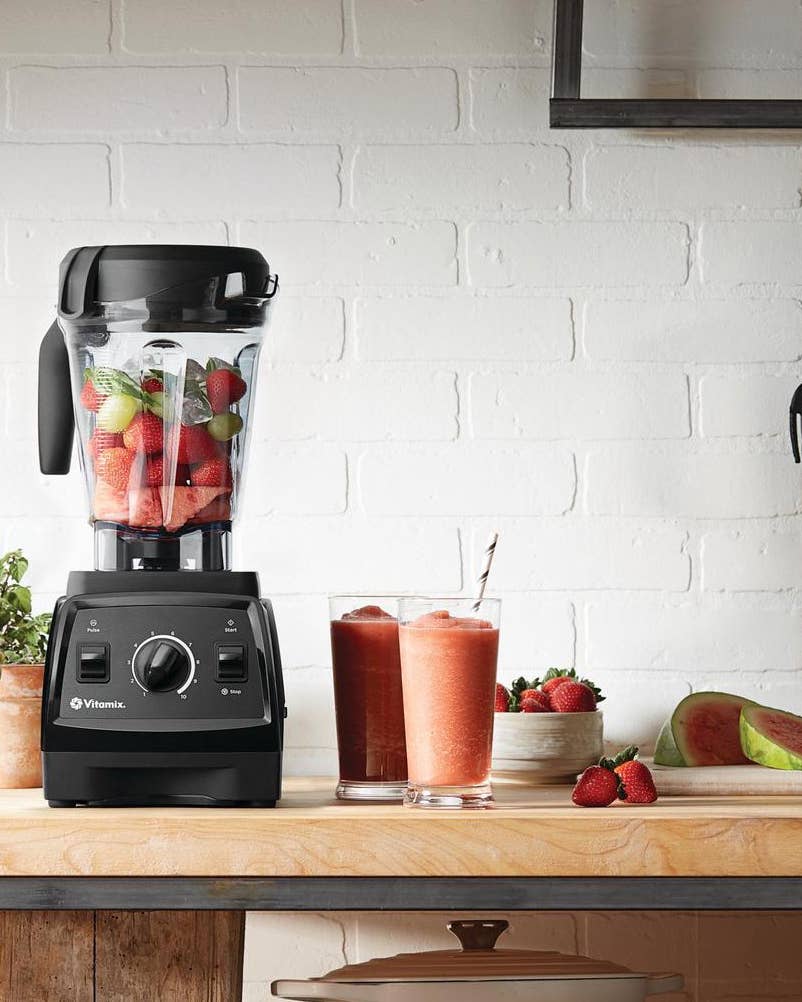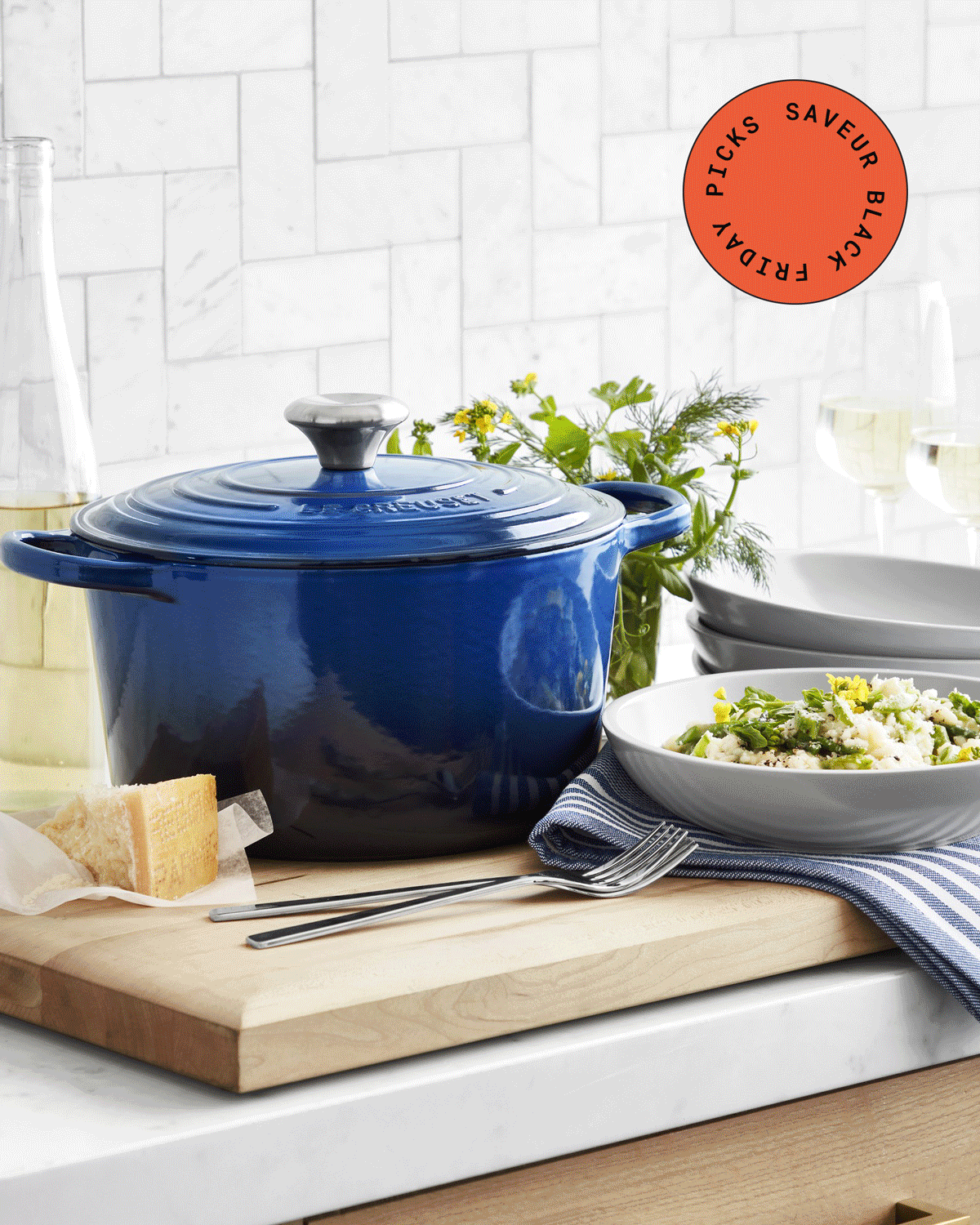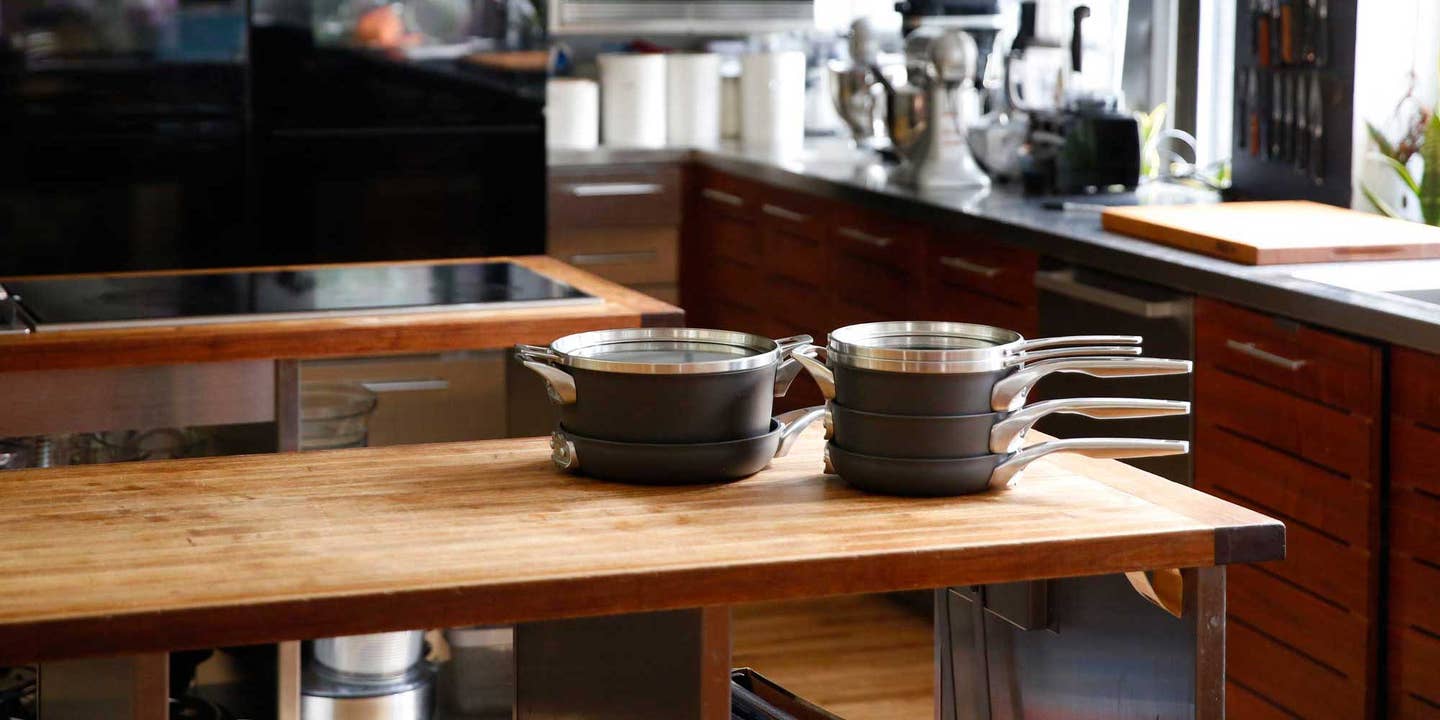
Chef-Approved Tips for Organizing Your Home Kitchen
These are the restaurant kitchen tricks we use in the test kitchen every day
From bussers to chefs, in the high-paced restaurant world, organization is the key to running an efficient kitchen. In the SAVEUR test kitchen, where much of our staff has worked in the restaurant industry, many of the tips and tricks we use every day are inspired by these tightly run operations. Kat Craddock, now SAVEUR’s test kitchen manager, is a former pastry chef who applies chef-taught organizational hacks to the SAVEUR test kitchen on a daily basis. Here are a few that you can easily bring back to your home kitchen.
Invest in sleeves of quart- and pint-sized containers (often called “deli-style” containers) with interchangeable lids, instead of mismatched plastic storage containers. Chefs swear by them since they’re economical, stackable, and reusable. We love them because, no matter what size you buy, the tops will always match. To keep track of what’s inside, set a roll of masking tape and a marker by the fridge so you can date and label everything you put in.
Come up with foolproof freezer strategies. Everyone loves having lots of stocks and broths on hand, Craddock says, but they tend to crowd the fridge. "Freezing stocks and sauces flat in zip-top plastic bags is a great way to maximize space in the icebox,” she explains. “Once they're solid, they can be stored upright, just like file-folders."
Divide and conquer. “We have shelves upon shelves for storage in the Test Kitchen,” Stacy Adimando, SAVEUR’s executive editor, says. “But at home in Brooklyn, I have just a few cabinets to hold all of my spices and dry goods.” She uses shelf dividers to double her cabinet space. “I store shorter, smaller items toward the front of the cabinet so I can always see what’s behind them,” she explains. Want to take this space-saving idea to the next level? Buy your dry goods in bulk, then transfer them into clear plastic bins to maximize your shelving and cabinet room.
When it comes to cookware, keep pots and pans stacked neatly by size and store their lids nearby. The right cookware helps. Calphalon makes high-quality, quick-stacking pans that maximize cabinet space. (Pro Tip: Keep all of your pots and pans exactly where you need them—like right under the stove—for quick and easy access.)
Avoid overcrowding of frequently used areas, like produce drawers. Try to buy groceries for just a few days at a time, rather than doing a massive shopping trip every week or two. “It’s not realistic for everyone,” Stacy admits, “but it helps keep my fridge, freezer, and cabinets less chaotic and helps prevent foods from getting forgotten or going bad.” For maximizing space in the crisper drawer—which, at her house, can get seriously crowded—she recommends keeping some of your foods on the counter. “I store bulbs of garlic in a little countertop crock,” Stacy explains, “and keep onions, sweet potatoes, and non-delicate fruits outside the fridge, too, in a big decorative bowl.
Preventing food loss is huge for a restaurant’s bottom line. One chef-approved technique is to ditch the fiddly rolls of plastic wrap from the corner store and pick up an oversized roll from a restaurant supply store instead—it holds itself steady, lasts for years, and reaches over even the widest family-style-sized pans and containers.
Now that you have our best restaurant-inspired tips and tricks, get ready to get organized and make the most of your kitchen space. And for a behind-the-scenes look at the ways we organize our test kitchen, check out this video.
Keep Reading
Continue to Next Story

